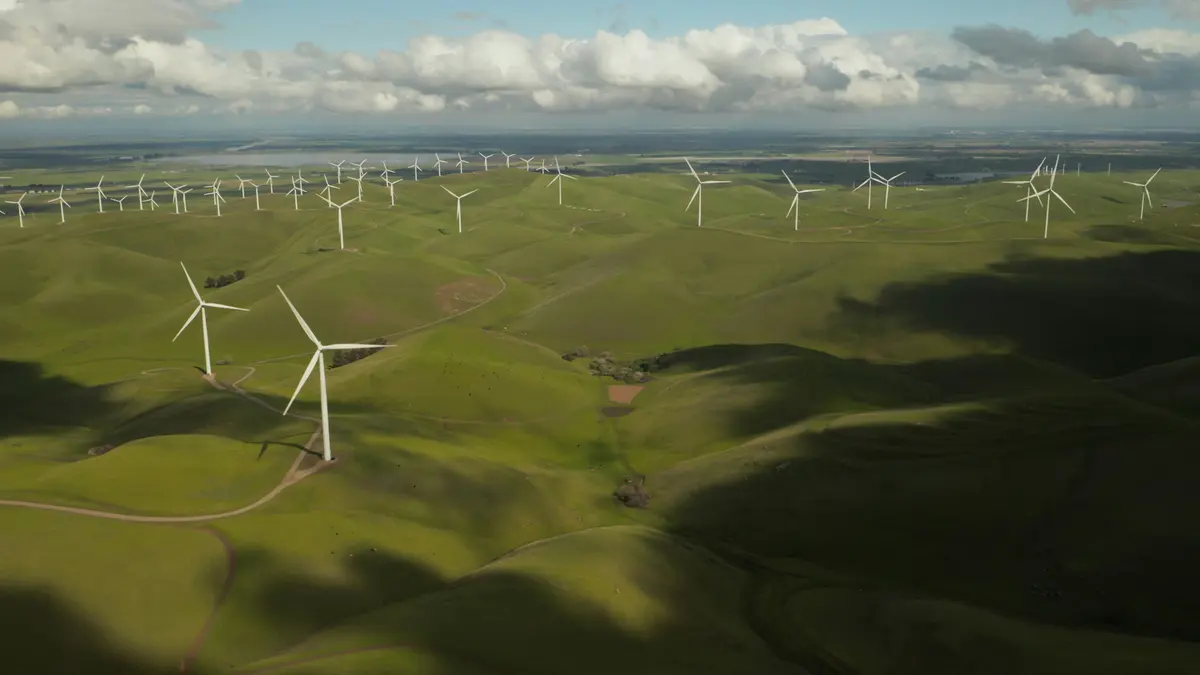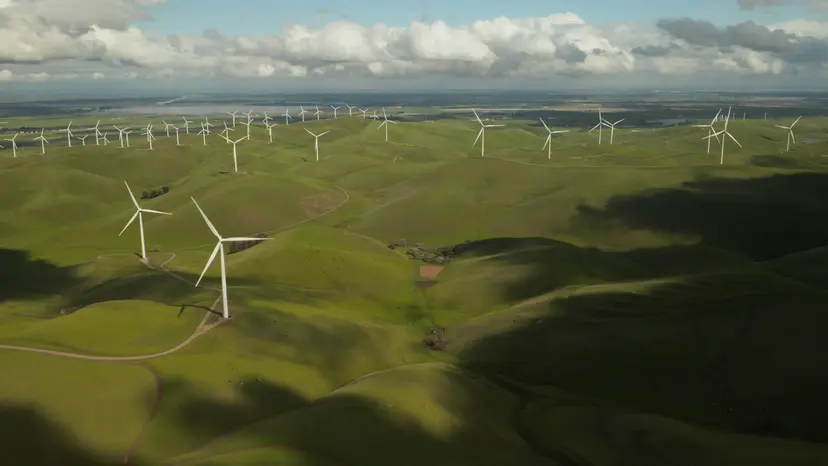Smart grids are revolutionizing the way energy is distributed and managed. Using advanced digital technologies, they enable more efficient, reliable, and sustainable power distribution. Unlike traditional power grids, smart grids can dynamically respond to energy demand, integrate renewable energy sources, and enable real-time monitoring, making them a key player in the future of energy distribution.
What is a Smart Grid?
A smart grid is a modernized electrical grid that uses automation, communication technologies, and advanced sensors to optimize the generation, distribution, and consumption of electricity. It enables two-way communication between energy providers and consumers, offering flexibility and efficiency in managing power flows.
Key Components of a Smart Grid
Here’s a breakdown of the main components of a smart grid:
| Component | Description |
|---|
| Smart Meters | Real-time electricity monitoring for efficient consumption and billing. |
| Sensors and Automation | Advanced sensors detect issues then automation fixes them in real time. |
| Energy Storage | Stores excess energy from renewables, which can be used during peak demand. |
| Distributed Energy | Integrates renewable energy sources such as solar and wind into the power grid. |
How Do Smart Grids Work?
Traditional grids operate in a one-way flow, sending power from generation plants to consumers. Smart grids, on the other hand, use a two-way flow of electricity and information. This allows them to respond to real-time data, adjusting energy supply and demand as needed.
For example, during high energy demand, smart grids can automatically shift to renewable energy sources, store surplus power for later use, or reduce consumption through demand-response programs.
Power Flow in Smart Grids
To understand the power flow in smart grids, let’s look at the following equation that models the electric power in terms of voltage and current:
P=VIcos(θ)
Where:
- (P) = Power (in Watts)
- (V) = Voltage (in Volts)
- (I) = Current (in Amperes)
- (θ) = Phase angle between the voltage and current
Smart grids continuously monitor and adjust these parameters to optimize efficiency.
The Role of Smart Grids in Renewable Energy
One of the most significant benefits of smart grids is their ability to integrate renewable energy sources. As the world shifts towards cleaner energy, smart grids play a vital role in managing intermittent renewable resources like solar and wind power. They help ensure that energy from these sources is distributed efficiently and stored when necessary, providing a reliable power supply even when renewable generation fluctuates.
Solar Energy Integration Example
Solar energy generation is highly variable, depending on the time of day and weather conditions. In smart grids, this variability is managed using predictive algorithms that estimate energy output. Here’s an example of a basic energy balance equation used to forecast solar power availability:
Eavailable=Esolar−Estorage+Edemand_response
Where:
- (Eavailable) = Available energy for consumption
- (Esolar) = Energy generated by solar panels
- (Estorage) = Energy stored in battery systems
- (Edemand_response) = Adjustments made by reducing or shifting demand
This balance is crucial in maintaining a reliable power grid while maximizing renewable energy use.
5 Key Benefits of Smart Grids
-
Enhanced Efficiency
Smart grids minimize energy waste by aligning energy production more precisely with consumption. Automated systems can manage the grid dynamically, reducing the need for excess power generation.
-
Improved Reliability
Real-time monitoring and automation allow smart grids to detect and address problems quickly, minimizing outages and service disruptions.
-
Lower Costs for Consumers
Optimizing energy distribution and promoting efficient energy use, smart grids can lead to lower electricity bills for consumers.
-
Environmental Sustainability
By integrating more renewable energy sources, smart grids help reduce carbon emissions and other environmental impacts caused by fossil fuel-based power generation.
-
Empowerment of Consumers
Smart meters and real-time data give users greater control over their energy consumption, enabling informed decisions that help reduce usage and costs.
Challenges of Smart Grid Implementation
Despite their numerous benefits, implementing smart grids comes with challenges. Infrastructure upgrades require significant investment in digital technologies, smart devices, and cybersecurity. In addition, policies and regulations are necessary to facilitate the integration of renewable energy and the modernization of current grid systems.
Conclusion
Smart grids represent the future of energy distribution, offering a cleaner, more reliable, and efficient system. Integrating advanced technologies and renewable energy sources sets the foundation for a sustainable future. As smart grids evolve, They will be essential in reducing dependence on fossil fuels, improving energy security, and tackling global climate challenges.
Credits

